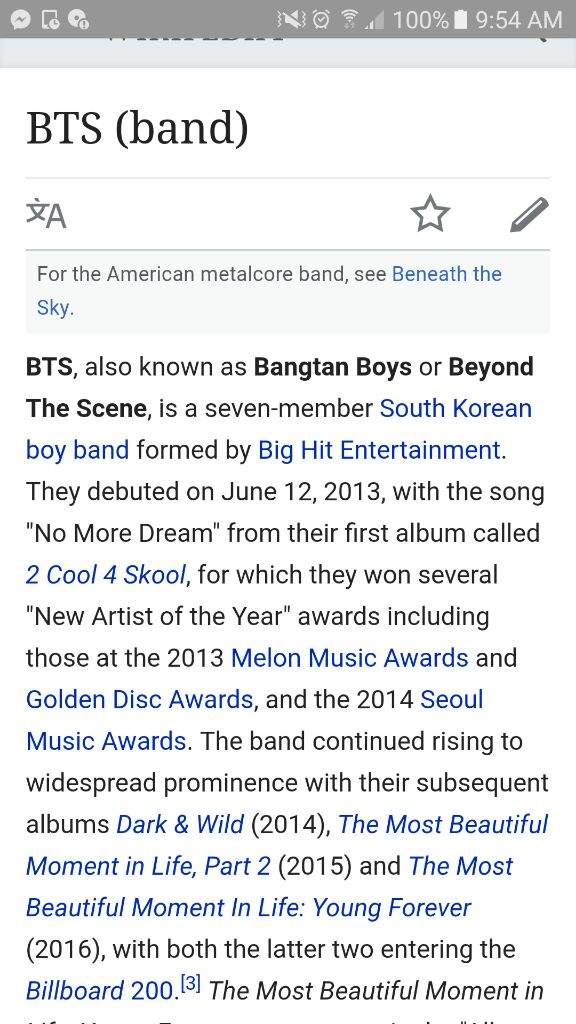

This would go on to become Bangtan Boys, then BTS, but the ingredients of their success were inherent in the original name. In 2010, Bang began to assemble a group of teens for a group he called the Bulletproof Boy Scouts. This combination of ideas - the honest musical expression of one’s creative anxieties - would become a crucial element of BTS. As a studio owner, he confessed to insecurity about his work and said he admired singers who could express their personalities in their music.

He worked as an arranger and producer with the studio JYP until 2005, when he left to form his own Big Hit Entertainment.īut Bang also struggled with his position within the industry. A successful songwriter and music producer, Bang was nicknamed “Hitman” for writing a string of popular songs, from g.o.d.’s “One Candle” in 1999 to T-ara’s “Like the First Time” a decade later.

It was within this environment that a man named Bang Si-hyuk began to quietly build a different kind of studio, and to cultivate the band that would become BTS.
WHEN DID BTS DEBUT FREE
Even today, idols typically only feel free to open up about their struggles after their studio careers have come to an end. As part of the process, they systematically ironed out most of the personal expression and socially conscious music that Seo Taiji was originally known for - after all, it’s hard to express yourself when you’re contractually forbidden to have a personal life. But in the early 2010s when BTS was formed, most studios had a highly regimented, restrictive approach to idol group production. Over the last decade, the Korean government has taken steps to end the structural exploitation that has been a major part of Korean studio culture. Idol groups have come to dominate the Korean music industry, but there are well-known toxic and abusive elements to idol life. If they’re chosen, the studio exerts a huge amount of control, not only over the songs they sing and the way their band is marketed but also over their daily lives. Children who enter these studios spend most of their lives enduring rigorous training to become part of an idol group.

Assembled through auditions and years of grooming within an intense studio culture - the highly regimented system of idol group production in Korean and Japanese music studios - idol groups are polished to perfection, designed to present the very highest standards of beauty, dance, and musicality. In the ’90s, three powerhouse music studios began cultivating what would become known as idol groups. Seo Taiji and Boys were innovators who challenged norms around musical styles, song topics, fashion, and censorship, which was unprecedented for a culture whose musical production had spent the past few decades subjected to strict government oversight. K-pop began on April 11, 1992, when a hip-hop trio called Seo Taiji and Boys performed in a talent show on a national South Korean network.
WHEN DID BTS DEBUT SERIES
Vox explore K-pop’s elaborate music videos, adoring fans, and killer choreography for our Netflix series Explained.īTS is the product of an industry insider who wanted to create a new kind of idol How did K-pop become a $5 billion global industry? But the band in question - Bangtan Boys, later officially known as BTS - would go on to completely transform the image of all-male boy bands in South Korean music and shatter conceptions of what breakout success looked like for South Korean bands overseas. It was hardly the stuff of attention-getting Korean hip-hop. On December 22, 2012, the group released a number of Soundcloud clips featuring its seven members rapping in Korean and English - including a rap cover of Wham’s “Last Christmas.” It didn’t, however, include a group of teenage boys, then-recently assembled through a studio audition process, who were being meticulously polished and prepped for their debut. Rolling Stone’s list, which appeared two months before Psy’s “Gangnam Style,” included groups like Big Bang, Girls’ Generation, and 2NE1 - the greatest bands of what’s generally thought of as the “second generation” of pop groups to emerge during K-pop’s rise to international prominence. Achieving significant US fame was a newly attainable, if still distant, milestone for South Korean pop groups thanks to the 2000s’ tremendous exporting of South Korean culture overseas - a trend known as Hallyu, the Korean Wave. In 2012, Rolling Stone published a list of the 10 K-pop bands most likely to make it big in the US.


 0 kommentar(er)
0 kommentar(er)
